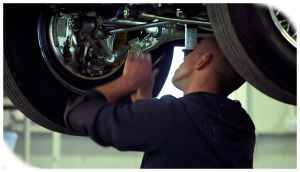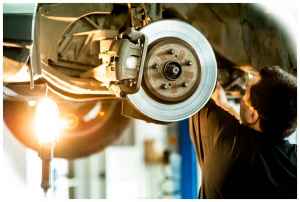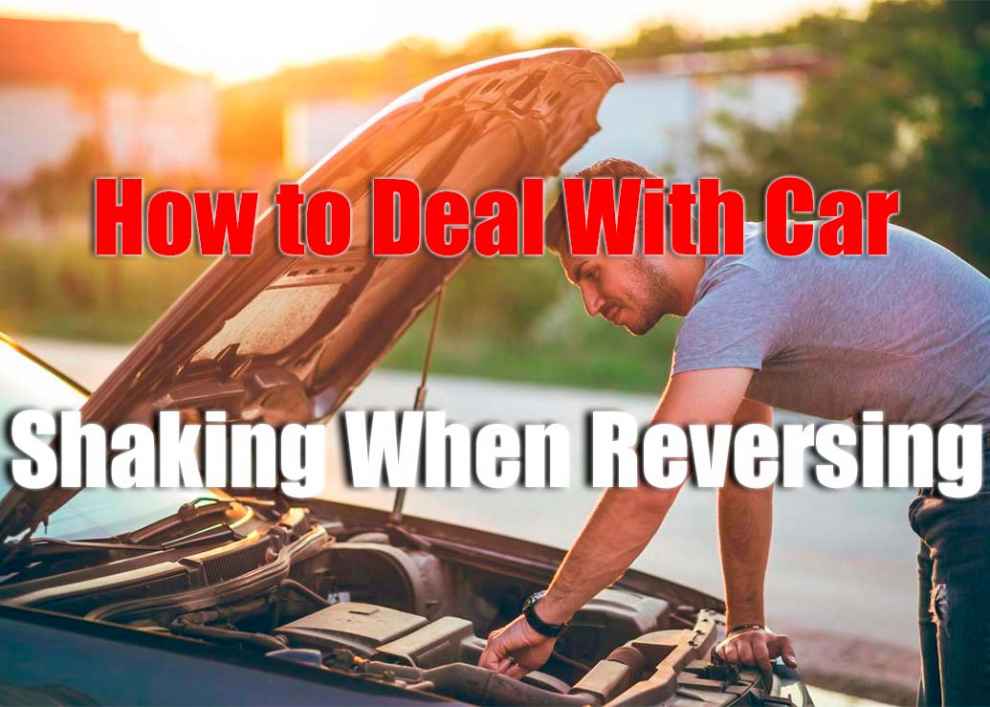If your car is shaking or vibrating when you put it in reverse, it’s a sign that something may not be right. There could be an underlying issue that needs to be addressed. It’s important to identify the cause of the shaking and address any potential issues as soon as possible. In this article, we’ll cover some common causes of a shaking car in reverse and how to diagnose and fix them.
Possible Causes of a Shaking Car in Reverse
There are several potential causes for a shaking car when you put it into reverse. Below are some of the most common issues:
Transmission problems: If your transmission is not working properly, it can cause your car to shake or vibrate when you put it into reverse gear. Common problems include worn transmission bearings, incorrect gear ratios, low levels of automatic transmission fluid, and more.

Brake problems: If you have faulty brakes, this can also cause your car to shake or vibrate when you put it into reverse. Brake issues can include worn brake pads and rotors, worn out calipers, and more.
Exhaust issues: If there is a problem with the exhaust system of your vehicle, this can also be a potential cause of a shaking car in reverse. Common exhaust issues that may cause you to experience this issue are loose exhaust hangers and clogged catalytic converters.
How to Diagnose the Cause of a Shaking Car in Reverse
To diagnose the root cause of the shaking car in reverse, it is important to first inspect all four tires for any signs of wear or damage. Next, check the brake system for any signs of wear or damage; if necessary, replace any worn out components such as pads and rotors. Finally, check for any leaks in both the transmission fluid and power steering fluid systems; if necessary replace any fluids that are found to be low or leaking.
How to Fix a Shaking Car in Reverse
Once you have identified what is causing your car to shake in reverse, you can start to work towards fixing the problem. Below are some common repairs that may be required:
Transmission repairs: If your transmission is the source of the shaking, you may need to have it serviced or rebuilt in order to restore proper operation. This could involve replacing worn out bearings and inspecting other components for any signs of wear or damage.
Wheel and tire repairs: If there is an issue with one or more wheels or tires, it’s important to repair them as soon as possible in order to stop the vibration. This could involve replacing worn out tires or having a wheel alignment performed if needed.

Exhaust repairs: If your exhaust system is causing the vibrations when reversing, you may need a new exhaust system installed so that it can be properly sealed. You may also need to replace clogged catalytic converters in order for the car’s emission system to work properly again. You can see here the Best Exhaust System for Jeep.
| Cause | Possible Fix |
| Transmission problems | Service/ rebuild transmission |
| Wheel or tire issues | Replace worn tires & wheel alignment |
| Brake problems | Replace worn pads & rotors / inspect other brake components |
| Exhaust issues | Install new exhaust system / replace clogged catalytic converters |
Conclusion
If your car is shaking when you put it into reverse, it’s important to identify the cause of the issue and take steps to fix it. Common causes include transmission problems, wheel or tire issues, brake problems, and exhaust issues. In order to diagnose and repair the problem, you may need to have your vehicle inspected by a qualified mechanic. Once any underlying issues have been identified and addressed, you should no longer experience any vibrations when reversing your vehicle.

Add Comment